ANIMALS
27 Weird Animal Facts That You Didn’t Know
Published
12 months agoon
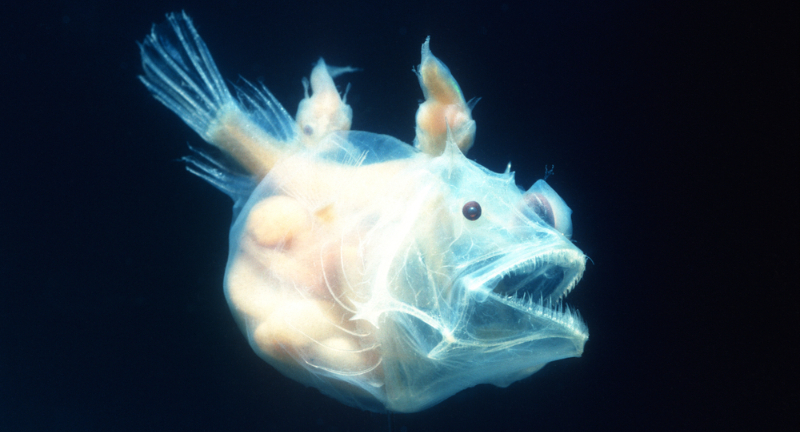
Shutterstock
Welcome to a world where the ordinary turns extraordinary, as we unveil “27 Weird Animal Facts” that will astonish and amaze you. From the deep oceans to the highest skies, every corner of our planet harbors astounding secrets, and animals play a starring role in this mysterious theater. Prepare to have your mind blown as we journey through a collection of the most bizarre, fascinating, and sometimes humorous aspects of animal life. Get ready to be surprised, intrigued, and maybe even a little bit bewildered!
Owls: Masters of Neck Disguise
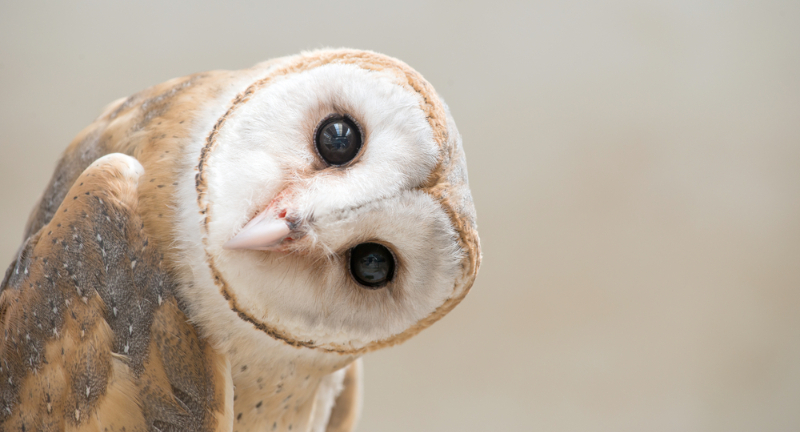
Shutterstock
Owls, those enigmatic creatures of the night, harbor a surprising anatomical secret beneath their plumage: remarkably long necks. This feature often goes unnoticed due to the abundance of fluffy feathers that cloak their bodies, creating an illusion of a short or nonexistent neck. In reality, these birds possess necks that are several vertebrae long, allowing them exceptional range of motion to turn their heads. This flexibility is crucial for their hunting style, as it enables them to rotate their heads up to 270 degrees, providing a broad field of vision without the need to move their bodies. The owl’s neck, concealed by its plush feathers, is yet another testament to the fascinating adaptations of these nocturnal predators.
Dragonflies: Aerial Assassins of the Insect World
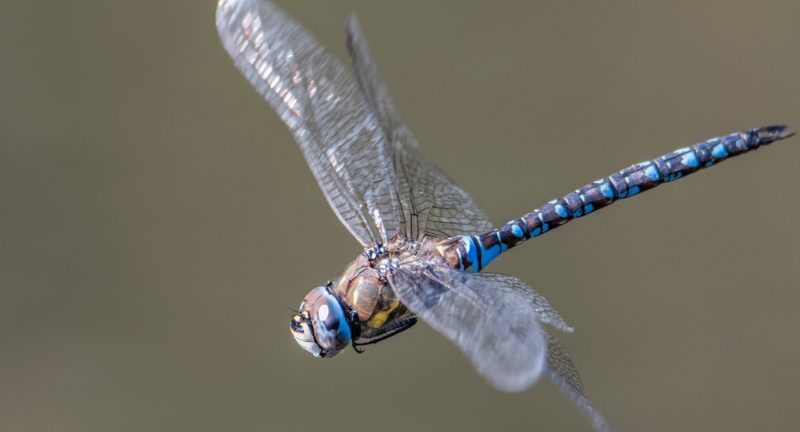
Parker’s Kitchen
Dragonflies, the skilled hunters of the insect kingdom, boast an extraordinary achievement: they have the highest kill rate among all flying predators. With a success rate of over 95% in their hunting endeavors, dragonflies surpass even the most adept birds of prey in their aerial hunting efficiency. This incredible feat is attributed to their exceptional flight abilities and acute vision, allowing them to calculate and execute precise maneuvers to capture their prey mid-air. Their four powerful wings can move independently, enabling sudden changes in direction and speed, making them formidable hunters. The dragonfly’s predatory prowess is not just a display of individual skill but a vital part of maintaining ecological balance by controlling insect populations.
Dolphins’ Unusual Recreational Habits
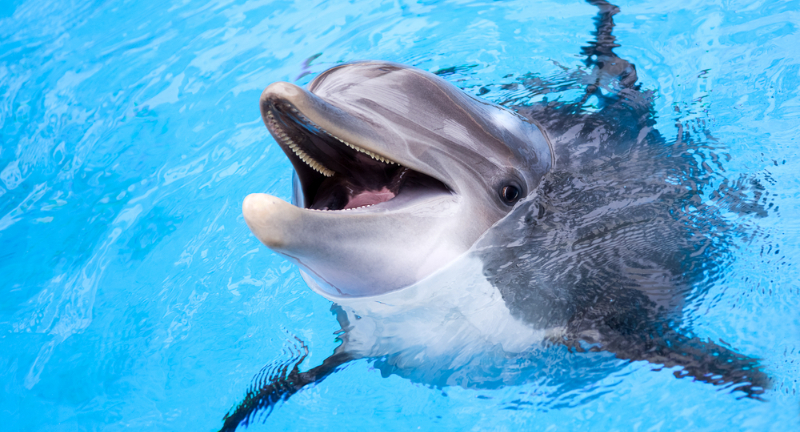
Stewart’s Shops
Dolphins, renowned for their intelligence and playful nature, engage in a rather unconventional activity – they deliberately interact with puffer fish to experience a narcotic-like effect. This extraordinary behavior involves gently nibbling or prodding at puffer fish, which in response, release a potent neurotoxin. In small doses, this toxin seems to induce a trance-like state in dolphins, a phenomenon observed and documented by marine biologists. This intentional act of seeking a ‘high’ suggests a level of recreational curiosity and cognitive complexity in dolphins that is rare among animals. It highlights their capacity for not just survival instincts, but also for engaging in activities simply for enjoyment or altered states of consciousness.s.
Ostriches: Eyes Over Brain
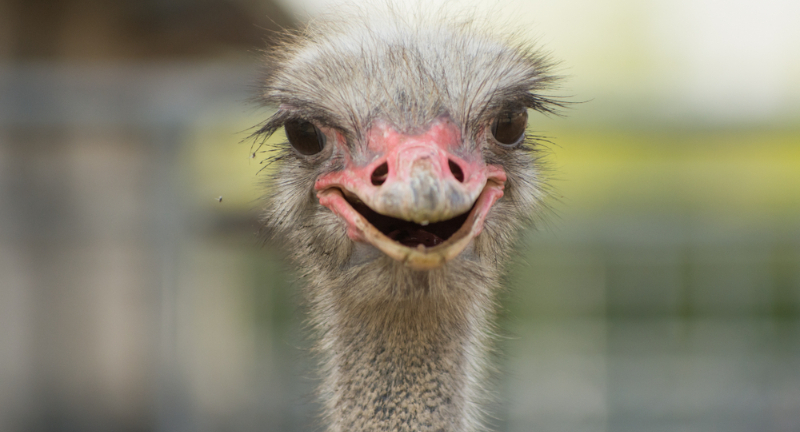
Allsups
In the fascinating world of ostriches, a remarkable anatomical fact stands out: their eyes are larger than their brains. Each eye of an ostrich can measure up to two inches in diameter, surpassing the size of its brain, which is a unique trait in the bird kingdom. This peculiar anatomy gives these flightless birds exceptional visual acuity, vital for spotting predators from great distances across their open savannah habitats. While their brains may not be as large, this does not diminish their ability to effectively navigate and survive in their environment. The ostrich’s eye-brain size ratio is a striking example of evolutionary adaptation, prioritizing vision as a key survival tool in the vast African landscapes.
Sea Otters: Champions of Fur Density
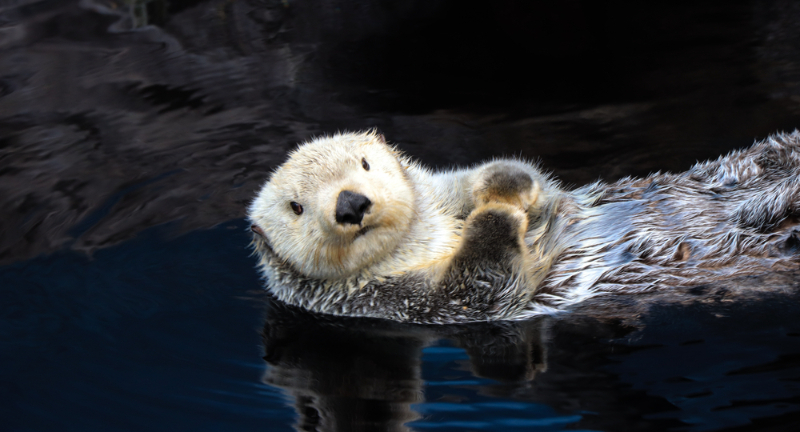
Shutterstock
Sea otters hold the remarkable title of being the most densely furred animals on the planet, boasting an astonishing 600,000 to 1,000,000 hair follicles per square inch. This dense fur is not just a trivial fact but a vital adaptation for their survival in chilly ocean waters. In comparison, dogs have about 15,000 hair follicles per square inch, while humans average between 800 to 1,290, highlighting the sheer density of the sea otter’s coat. This extraordinary fur density provides unparalleled insulation, keeping sea otters warm without the need for blubber. It’s a perfect example of nature’s engineering, equipping these marine mammals to thrive in their aquatic habitat.
Cats’ Remarkable Reproductive Phenomenon

Shutterstock
Cats possess a unique reproductive capability that sets them apart in the animal kingdom – they can become pregnant while already being pregnant. This phenomenon, known as superfetation, occurs when a cat continues to ovulate after becoming pregnant, leading to embryos at different stages of development within the womb. While rare, this occurrence results in a single litter of kittens born at varying degrees of maturity, a testament to the feline’s extraordinary reproductive system. This capability highlights the complex nature of feline biology and underscores the adaptability of cats in ensuring the survival and proliferation of their species.
Sloth Scream
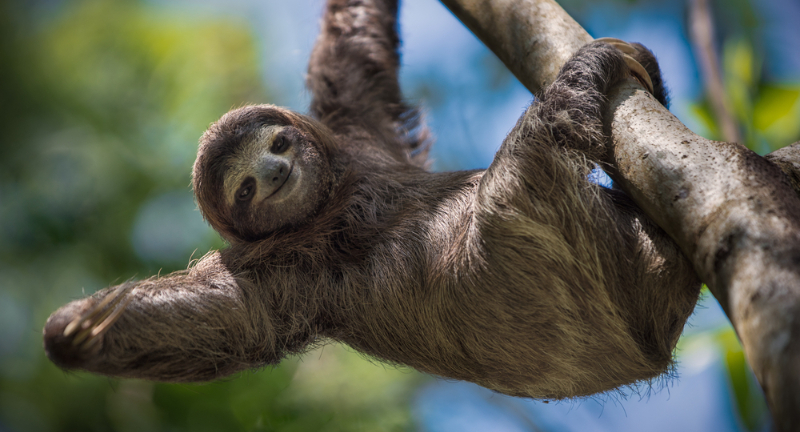
Shutterstock
In the dense canopies of the tropical rainforests, a peculiar sound pierces the tranquil air – the impassioned scream of a female sloth seeking a mate. This intriguing behavior is nature’s unique way of facilitating romance for these slow-moving creatures. Clinging tenaciously to a sturdy branch, the female sloth will emit a loud, high-pitched wail, a call that resonates through the forest, attracting the attention of potential suitors. Her vocalizations serve as a beacon, guiding male sloths to her location, a process that’s both vital for their survival and fascinating in its simplicity. This primal yet effective method of mate selection underscores the diverse and sometimes surprising mating rituals found in the animal kingdom.
Platypuses: Mysteries in Ultraviolet
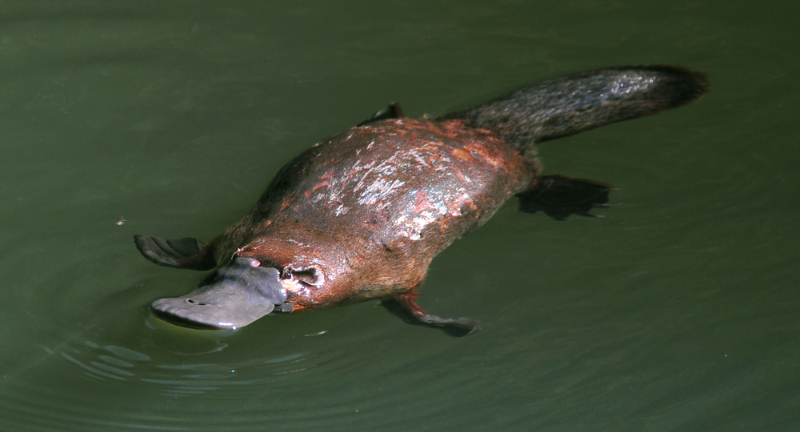
Sheetz
The platypus, one of nature’s most enigmatic creatures, exhibits a fascinating trait – they glow a blueish-green hue when exposed to ultraviolet light. This unexpected characteristic adds another layer of mystery to an already peculiar animal, known for its duck-like bill and mammalian traits. In addition to their UV fluorescence, platypuses also have an unusual method of feeding their young; they lack nipples entirely. Instead, mothers excrete milk through specialized glands in their skin, forming pools on their abdomen, from which the babies lap up the milk. These unique features underscore the platypus’s distinctive place in the animal kingdom, blending traits from various species in unexpected ways.
Armadillos: Quadruplet Birth Phenomenon
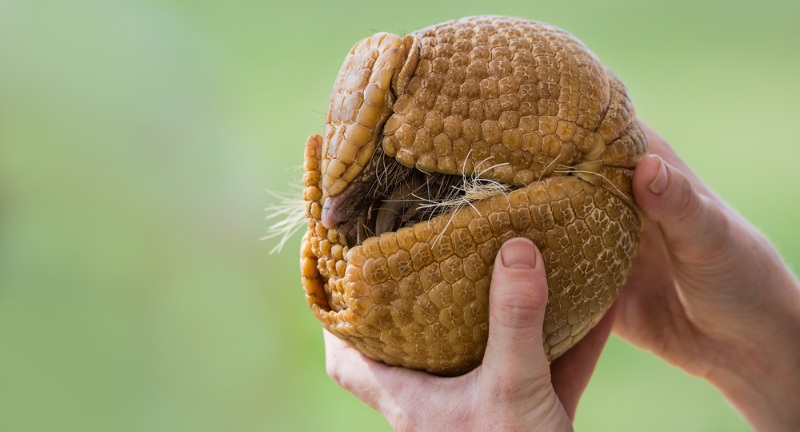
Shutterstock
Armadillos, known for their distinctive armored shells, exhibit a unique reproductive trait: they invariably give birth to quadruplets. Each litter is not just any group of four siblings; these quadruplets are identical, originating from the same egg. This means that every set of armadillo offspring is genetically identical, a rare occurrence in the animal kingdom. This fascinating reproductive strategy ensures a level of genetic consistency within the species, and it plays a significant role in the armadillo’s survival and propagation strategies. The armadillo’s unwavering commitment to birthing quadruplets highlights the diverse and often surprising reproductive adaptations found in nature.
Woodpeckers: Nature’s Ingenious Engineers
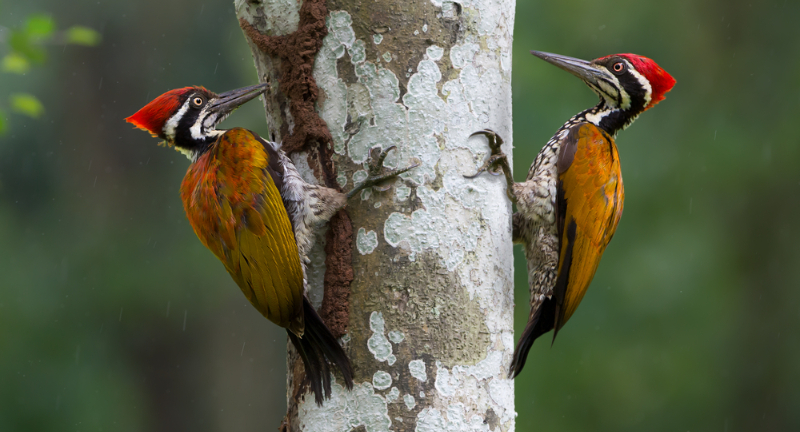
Shutterstock
Woodpeckers, nature’s adept carpenters, possess an astonishing anatomical feature – their tongues act as natural shock absorbers for their brains. This unique adaptation is crucial for their survival, as it cushions the brain from the intense vibrations caused by repeatedly pecking at tree trunks. The woodpecker’s tongue extends from the back of its mouth, wraps around the skull, and over the top of the brain, providing a protective layer against the impact of their pecking. This remarkable evolutionary development not only safeguards their brain from potential damage but also highlights the intricate ways in which animals adapt to their ecological niches. Thus, woodpeckers stand as a fascinating example of how nature ingeniously equips its creatures for the most challenging of tasks.
Anglerfish: A Tale of Unusual Union
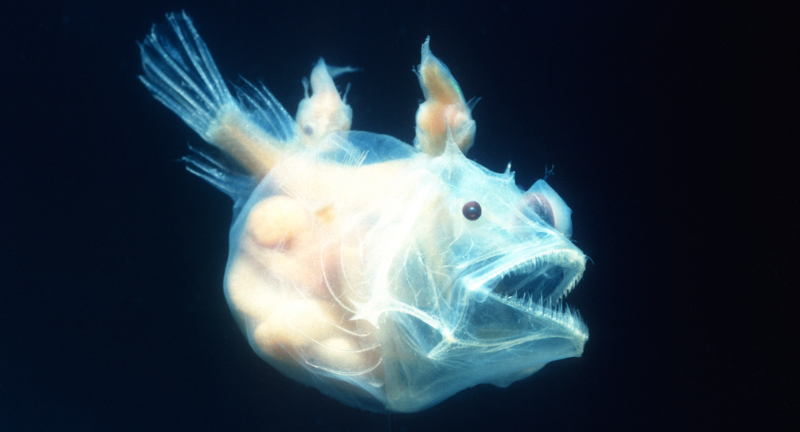
Shutterstock
In the mysterious depths of the ocean, the anglerfish demonstrates one of nature’s most bizarre mating rituals. The male anglerfish, significantly smaller than its female counterpart, embarks on a lifelong commitment upon encountering a female. Once he finds her in the vast, dark waters, he attaches himself to her body, and over time, undergoes a remarkable transformation. This process, known as sexual parasitism, sees the male gradually fuse with the female, eventually becoming an integrated part of her body, sharing her bloodstream and nutrients. This extraordinary adaptation, unique to their species, ensures that when the female is ready to reproduce, the male is immediately available, showcasing one of the most extreme forms of mating symbiosis in the animal world.
Deer Maternal Instinct: A Unique Protective Strategy
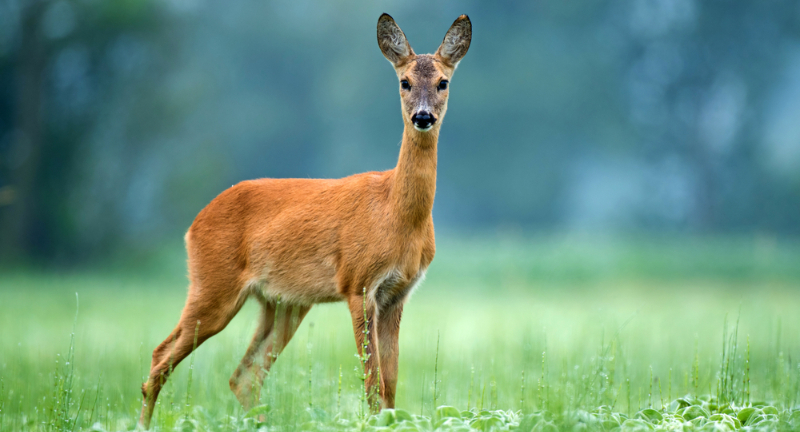
Shutterstock
In the wild, mother deer, known as does, employ a unique and somewhat surprising tactic to protect their vulnerable offspring from predators. They consume their fawns’ feces, a behavior known as coprophagy, to eliminate any scents that might attract unwanted attention. This instinctual act serves a critical role in safeguarding the young, as the absence of fecal odor helps keep their presence concealed from potential threats. By doing so, does effectively mask any signs of their fawns’ existence, ensuring that they remain undetected in their early, defenseless stages of life. This behavior highlights the lengths to which animal mothers will go to ensure the survival of their offspring in the natural world.
Killer Whales: Dolphins in Disguise
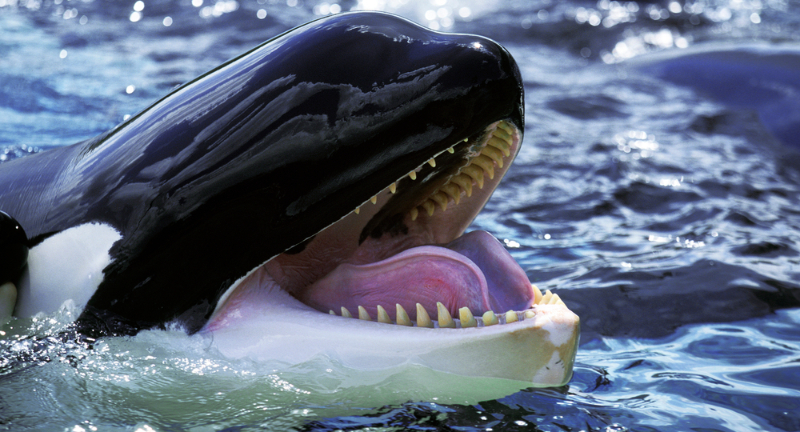
Shutterstock
Contrary to their name and widespread perception, killer whales, or orcas, are not whales at all; they are, in fact, the largest members of the dolphin family. This remarkable species, known for its striking black and white coloring and formidable size, belongs to the oceanic dolphin family, Delphinidae. Their classification as dolphins is grounded in their anatomical features, behavior, and social structures, which are more akin to those of their smaller dolphin relatives than to true whales. This revelation not only challenges common misconceptions but also highlights the diversity and complexity within the marine mammal family. The orca’s classification as a dolphin underscores the intricate tapestry of life in our oceans, where appearances can often be deceiving.
Blue Whales: Giants with Prodigious Reproduction
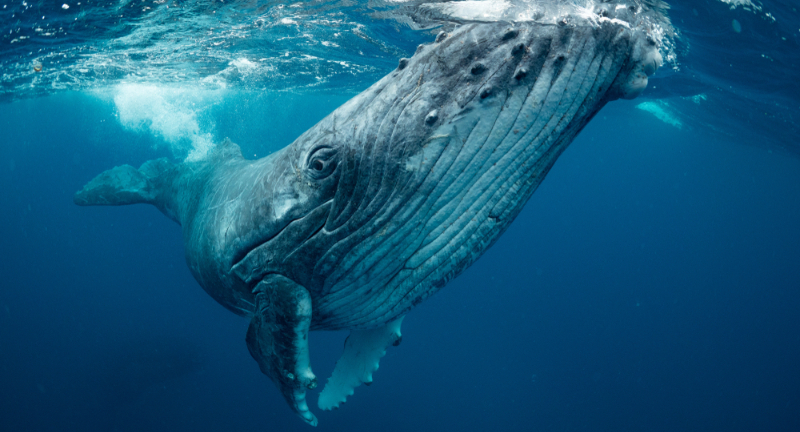
Shutterstock
Blue whales, the largest animals on Earth, exhibit reproductive traits as colossal as their size. It’s estimated that during each ejaculation, a male blue whale can produce approximately 20 liters of semen. This staggering amount is not just a trivial fact, but a crucial aspect of their mating strategy, ensuring the successful fertilization of the female in the vast oceanic expanse. Given their enormous size and the dilution factor of their aquatic environment, such a large quantity of semen increases the likelihood of reproductive success. This aspect of blue whale biology is not only a testament to their sheer scale but also to the extraordinary adaptations necessary for survival and continuation of such gigantic species.
Kangaroos: Forward Bounders
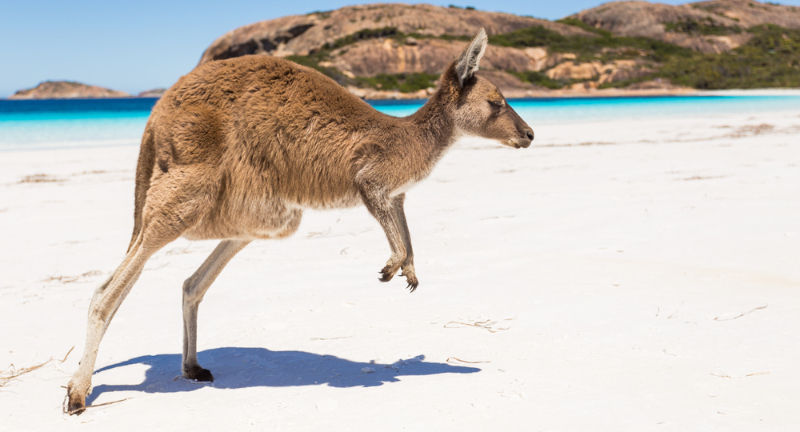
Shutterstock
Kangaroos, the iconic marsupials of Australia, have a surprising limitation in their otherwise impressive mobility: they are unable to hop backwards. This unique trait is due to their powerful hind legs and large tails, which are adapted for forward movement and balance but restrict backward motion. In the unlikely event of a kangaroo attack, a strategic move would be to step behind it, as their anatomy makes it difficult for them to maneuver in reverse. This piece of advice, popularized by sources like Snapple, highlights an interesting aspect of kangaroo behavior and physiology. Understanding such specific animal behaviors can provide fascinating insights into the diverse adaptations of the animal kingdom.
Wombats: Masters of Cubic Creation
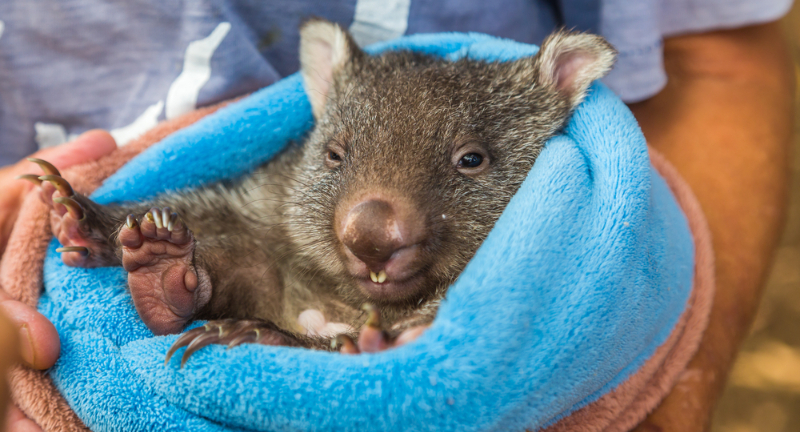
Shutterstock
Wombats, the charming marsupials native to Australia, possess a unique and curious trait – they are the only known animals capable of producing cube-shaped poop. This unusual form of feces is not a mere oddity but serves a specific purpose in the wombat’s life. The square shape prevents the droppings from rolling away, allowing these nocturnal creatures to mark their territory and communicate with other wombats through scent. This geometric precision is achieved through the wombat’s distinctively structured intestines, which mold the feces into its cube-like shape before excretion. Wombats’ cubic scat is a fascinating example of how animals adapt to their environments in the most unexpected ways.
Primordial Puzzle: Egg Before Chicken
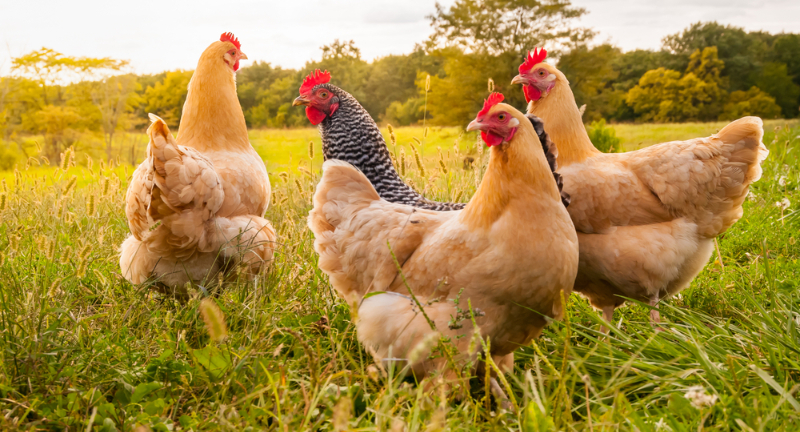
Shutterstock
The age-old question of whether the chicken or the egg came first finds its answer in evolutionary biology – the egg indeed predates the chicken. This is because the concept of an ‘egg’ in biological terms arose long before vertebrates, including chickens, evolved. However, intriguingly, recent research suggests that sperm cells may have appeared slightly earlier than egg cells in the evolutionary timeline. This discovery highlights the complexity and strangeness of early life forms, including bacteria and primitive multicellular organisms. Their reproductive mechanisms laid the groundwork for the diverse array of life we see today, demonstrating that even the simplest organisms can hold the key to understanding life’s intricate evolutionary history.
Argonauts’ Unique Mating Ritual
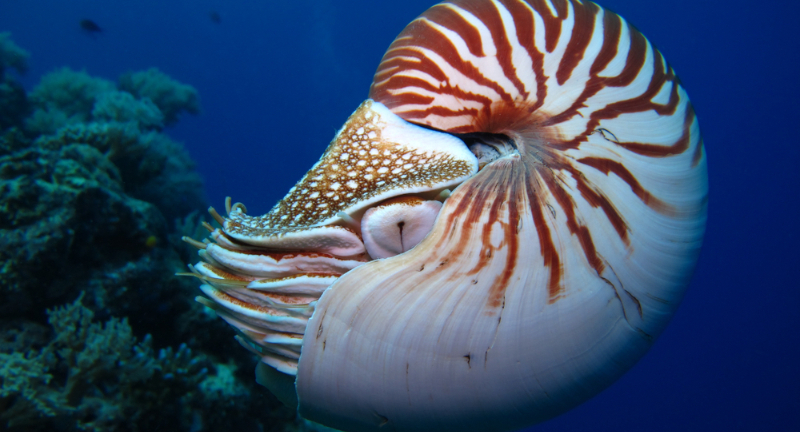
Shutterstock
Argonauts, a species of small octopus, exhibit one of the most peculiar mating strategies in the animal kingdom. Instead of the traditional mating approach, male argonauts have developed a rather unorthodox method – they detach their reproductive organ, known as the hectocotylus, and release it into the open sea. This seemingly audacious act is actually a sophisticated reproductive strategy, where the detached organ autonomously seeks out a female to facilitate fertilization. Far from being a product of laziness, this adaptation allows male argonauts to mate from a distance, a crucial survival tactic given their vulnerability during close encounters. This remarkable behavior highlights the diverse and sometimes bizarre reproductive strategies evolved by sea creatures in their quest for continuation of the species.
Honey Badgers’ Defensive Mastery
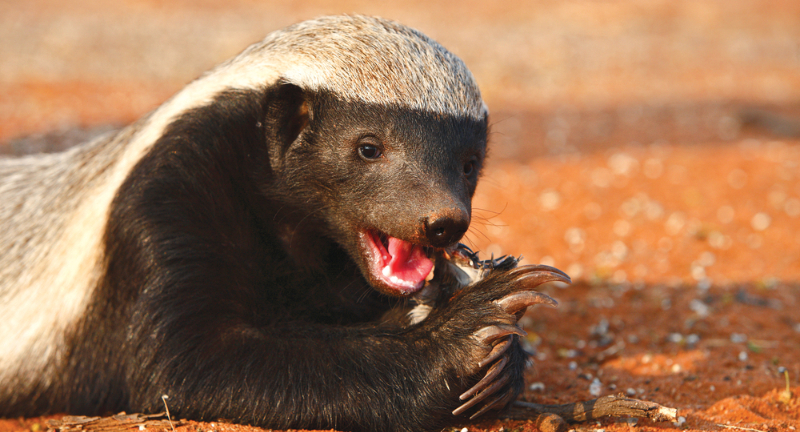
Shutterstock
Honey badgers, known for their fearless and tenacious nature, have a rather unusual defensive mechanism up their sleeves – or more accurately, in their anatomy. When confronted by potential attackers, these bold creatures can invert their anal glands, unleashing a potent and deterring odor. This extraordinary ability acts as an effective deterrent, warding off even the bravest of predators that dare to challenge them. The fact that few animals muster the courage to confront a honey badger speaks volumes about their formidable reputation. However, for those rare adversaries that do take the risk, the honey badger’s unique defensive strategy ensures that any encounter will be far from pleasant, adding another layer to their already impressive survival tactics.
Bees’ Dance: A Language of Location
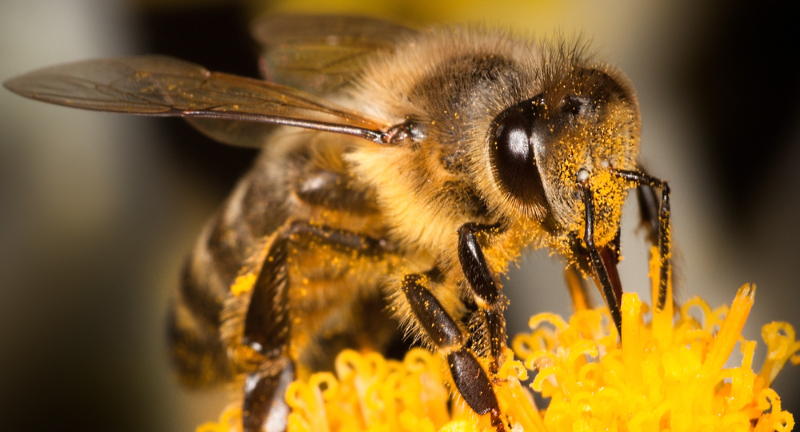
Shutterstock
Bees exhibit a remarkable method of communication known as the ‘waggle dance,’ a sophisticated way of informing their hive mates about the location of nectar sources. When a foraging bee discovers nectar, it doesn’t just return to the hive in a random manner; instead, it performs a precise dance to convey vital information. This dance indicates the direction of the nectar relative to the position of the sun, the exact distance from the hive, and potentially even the time before sunset, although this last point remains a topic of debate among researchers. The dance’s duration, angle, and intensity are all critical elements in this complex form of communication, showcasing bees’ astonishing ability to convey detailed navigational information to their peers.
Octopus Punches: A Mysterious Underwater Phenomenon

Shutterstock
In the vast, blue depths of the ocean, a curious and somewhat mischievous behavior has been observed among octopuses: they have been known to punch fish, seemingly without any clear reason. This peculiar activity, captured by marine biologists, showcases the octopus not just as a highly intelligent creature, but also one capable of seemingly spontaneous and playful actions. Researchers speculate that these punches, which can be swift and surprising, might be a way for the octopus to assert dominance or control within their shared environment, or perhaps it’s simply an expression of playful interaction. While the exact motive remains a subject of fascination and debate, this behavior adds another layer to the complex and intriguing nature of these cephalopods, reminding us that the ocean’s depths are full of surprises.
Feline Intelligence: Toddler-Level Wisdom
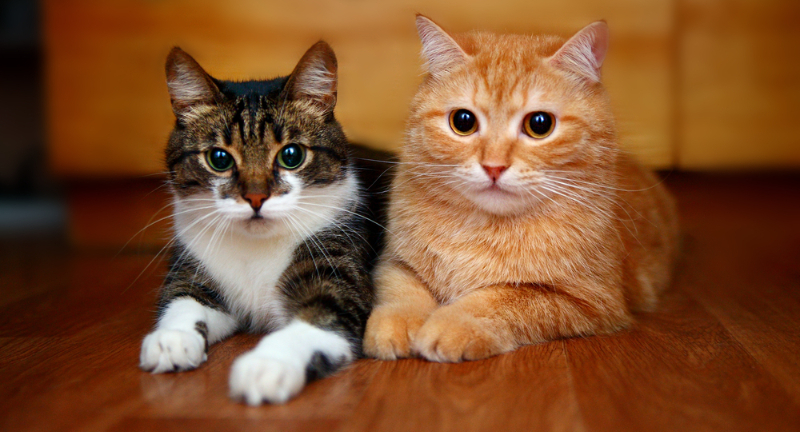
Shutterstock
Cats, with their enigmatic and often whimsical behavior, possess a level of mental capacity akin to that of a two-year-old human child. This intriguing similarity explains much about their curious nature, from their playful antics to their sometimes stubborn demeanor. Just like toddlers, cats exhibit a blend of keen curiosity and fierce independence, exploring their surroundings with a sense of wonder and mischief. Their ability to solve problems, show varying degrees of empathy, and learn through observation aligns closely with the developmental stages of young children. This fascinating parallel between feline minds and toddler psychology offers a deeper understanding of why cats behave the way they do, providing a glimpse into their complex and captivating inner world.
Polar Bears: Masters of Camouflage and Warmth
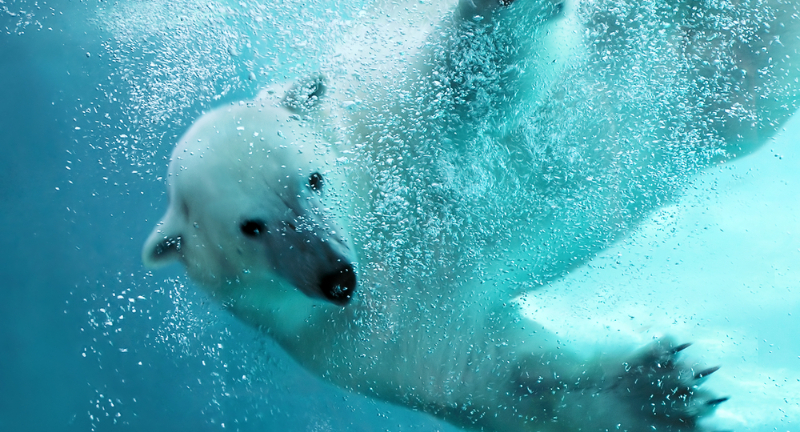
Thorntons
Contrary to popular belief, the majestic polar bear’s fur is not actually white; it’s translucent, ingeniously adapted to the harsh Arctic environment. This fur allows most frequencies of light to pass through, reaching their black skin underneath, which efficiently absorbs heat from the sun. This unique adaptation serves a dual purpose: the translucent fur, reflecting visible light frequencies, maintains the bears’ iconic white appearance, essential for camouflage in the snowy landscape. Meanwhile, the black skin beneath acts as a natural solar panel, harnessing the sun’s warmth to help these Arctic giants conserve energy in their frigid habitat. Thus, the polar bear’s fur and skin are a remarkable example of nature’s ingenuity in ensuring survival through both temperature regulation and stealth.
Reindeer Delights: Raisins Over Carrots
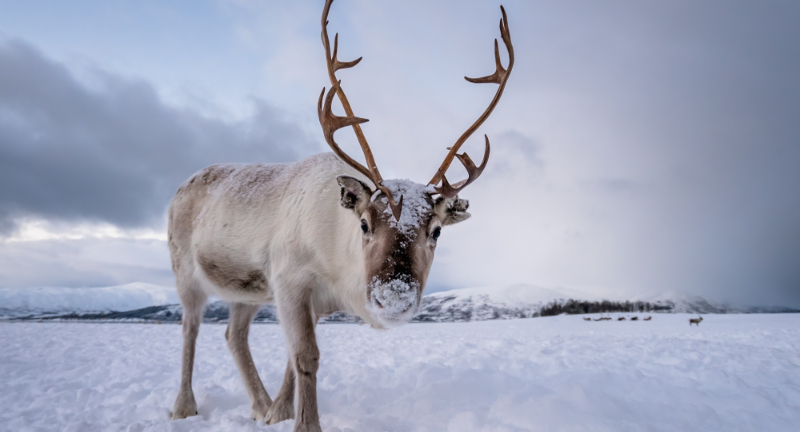
Casey’s General Store
Defying common myths, reindeer have a surprising preference when it comes to treats – they are particularly fond of raisins instead of the widely believed carrots. This unexpected dietary choice comes to light from firsthand experiences at reindeer farms, where these majestic creatures exhibit a strong penchant for this dried fruit. Owners of such farms have observed that reindeer not only favor raisins but can become quite insistent, eagerly nudging for a whole box if given the chance. This preference is a delightful revelation, especially during festive seasons when leaving snacks for Santa’s reindeer. So next time, consider swapping out those traditional carrots for a bunch of raisins to truly delight these charming Arctic animals.
Blaschko Lines: The Invisible Human Stripes

Shutterstock
Humans, although not apparent to the naked eye, bear a unique pattern of stripes known as Blaschko Lines. These subtle lines trace the paths of embryonic cell migration and are a fascinating testament to our developmental history in the womb. While typically invisible under normal conditions, these stripes can become noticeable under certain medical conditions or when illuminated by specific types of light. Blaschko Lines reveal the complex and orderly process of human development, showing how our cells organize themselves into the distinctive patterns that make up our skin. This intriguing aspect of human anatomy is a reminder of the intricate and often unseen processes that shape our physical being from the earliest stages of life.
Barreleye Clear Membrane
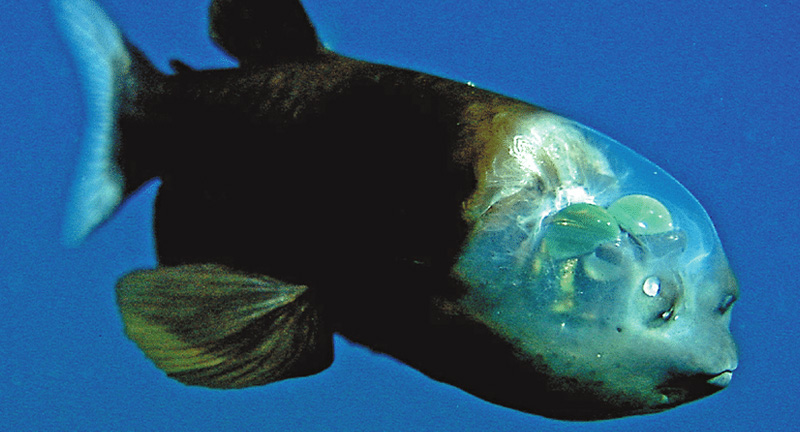
Shutterstock
The barreleye fish, a remarkable creature of the deep sea, possesses an extraordinary and unique adaptation: a transparent, dome-like membrane that encases its eyes. This unusual feature is not merely for protection but serves a critical function in the fish’s deep-sea environment. The barreleye’s eyes are tubular, allowing for enhanced binocular vision and precise focus, which is crucial for navigating the dark depths of its habitat. These eyes are typically oriented upwards, enabling the fish to detect the silhouettes of prey against the faint light from above. The transparent membrane shields the eyes from stinging tentacles of cnidarians, like jellyfish, which the barreleye often steals food from. Additionally, this membrane maintains the eyes’ structural integrity against the intense pressure of the deep sea. Remarkably, the barreleye can rotate its eyes within this shield, allowing it to look forward as well as up, providing a broad field of view essential for survival in the deep ocean.
Conclusion
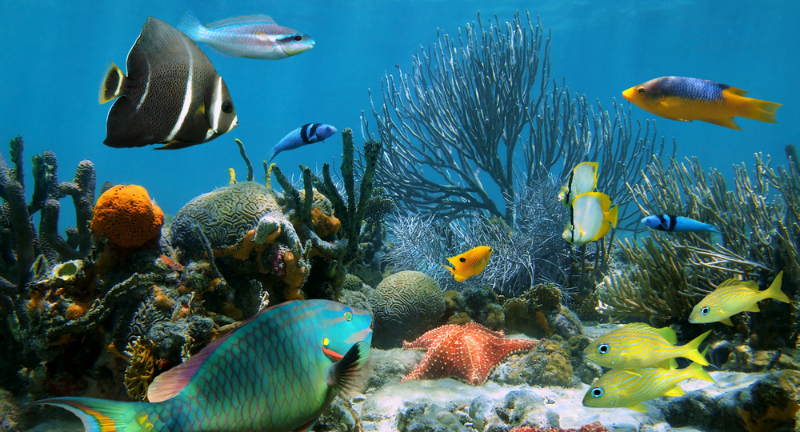
Shutterstock
In the vast tapestry of the animal kingdom, the array of bizarre and astonishing traits we’ve explored underscores the endless creativity of nature. From the deep-sea theatrics of the anglerfish’s mating rituals to the square-shaped scat of wombats, each weird fact reveals a unique survival strategy honed by evolution. The glowing allure of platypuses under UV light and the strategic dance language of bees exemplify nature’s complexity and ingenuity. These extraordinary facts not only provoke wonder and curiosity but also remind us of the intricate interconnections within ecosystems and the importance of preserving this diversity. As we continue to uncover and marvel at these peculiarities, we are constantly reminded of nature’s boundless capacity to surprise and educate us.
More Amazing Animals+
-
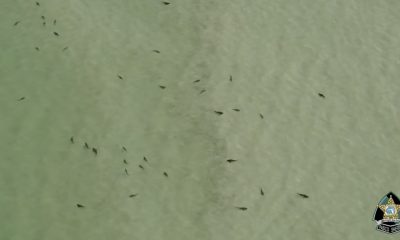

Aerial footage of shark-infested waters in Pasco County, FL
-
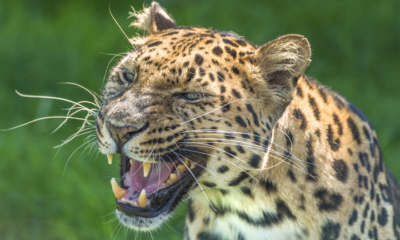

30 Deadliest Animals In South America
-


Goats Ushered Across a Road to Aid in California Fire…
-
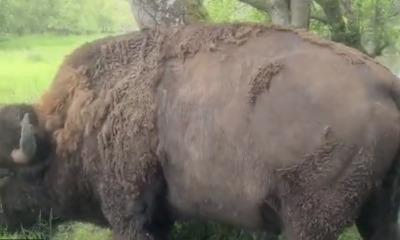

Bison bull caught scratching away the last bit of his…
-
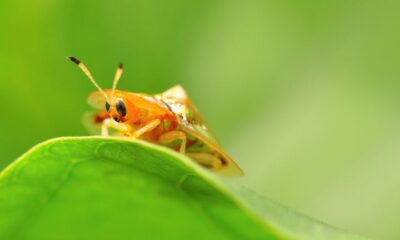

28 Animals That Use Camouflage For Protection
-
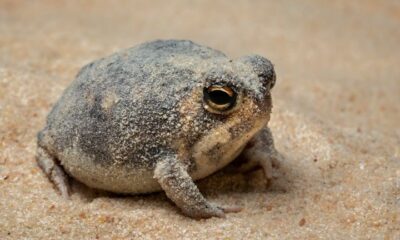

27 Animals That Live In The Most Extreme Conditions
-
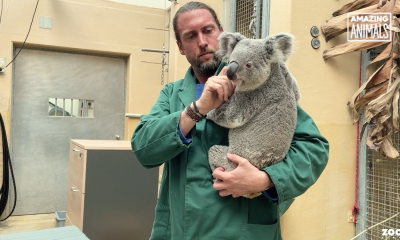

Cuddly koala pounces on plan to boost international breeding program
-
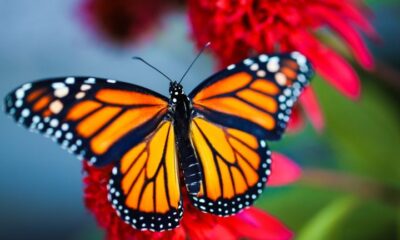

25 Facts About Monarch Butterflies And Their Remarkable Migration Journey
-
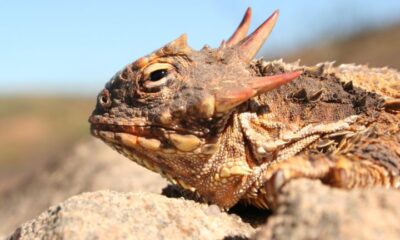

24 Animals That Have The Strangest Defense Mechanisms
-
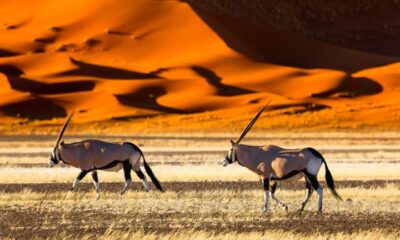

24 Wildlife Conservation Sanctuaries Around The World
-


Elk making a break for the trees.
-


Vitakraft’s Squeezable, Hand-Fed Snacks Named Best Cat Treat of 2022
